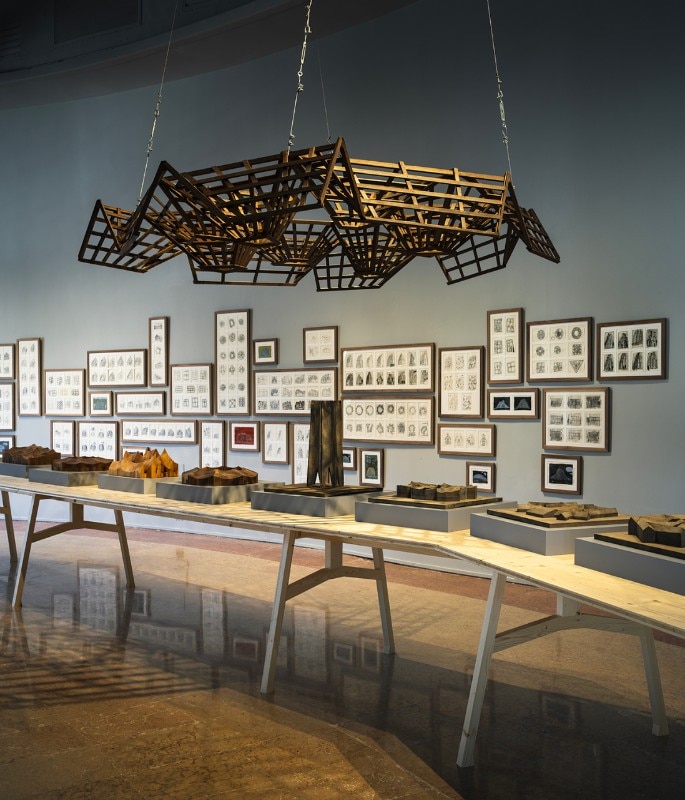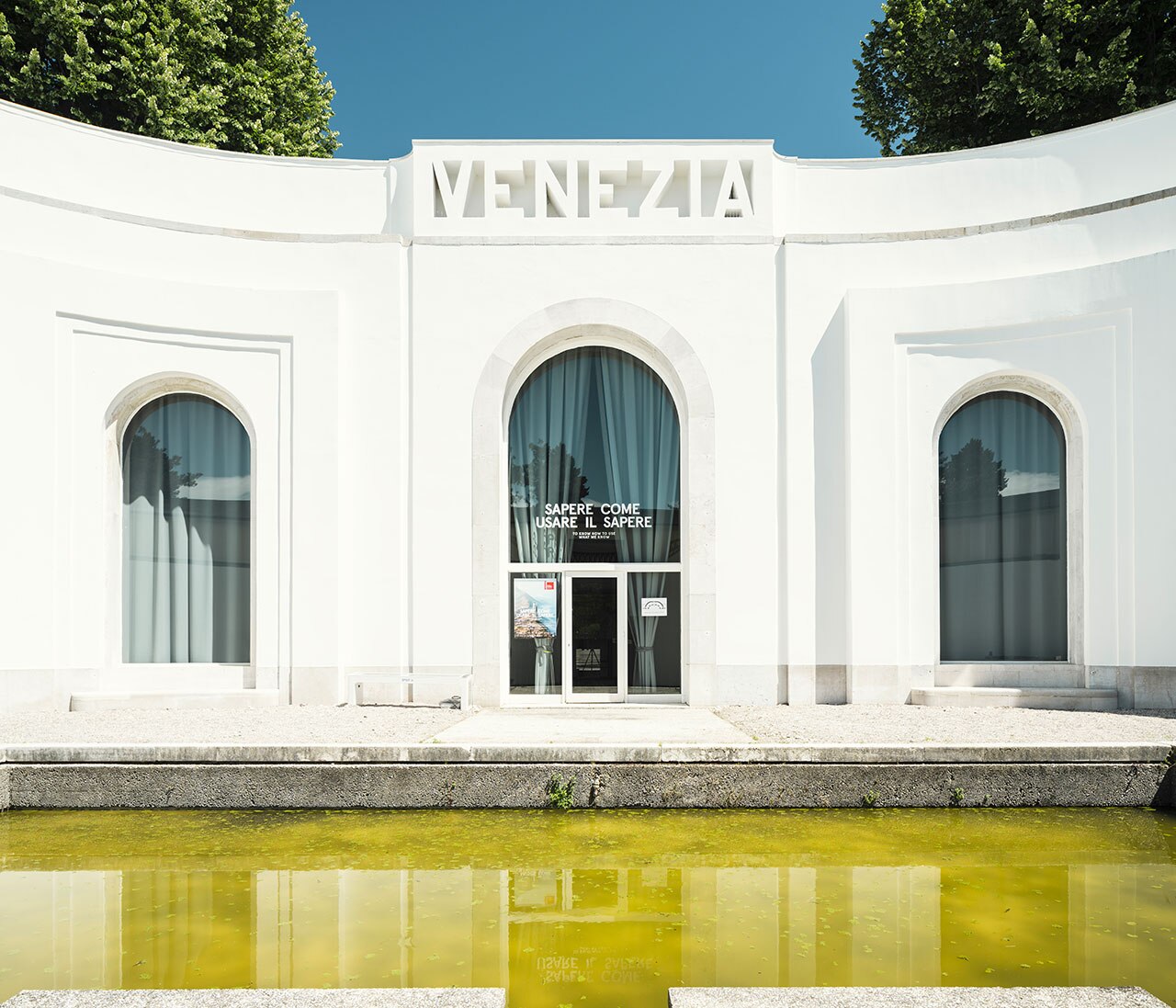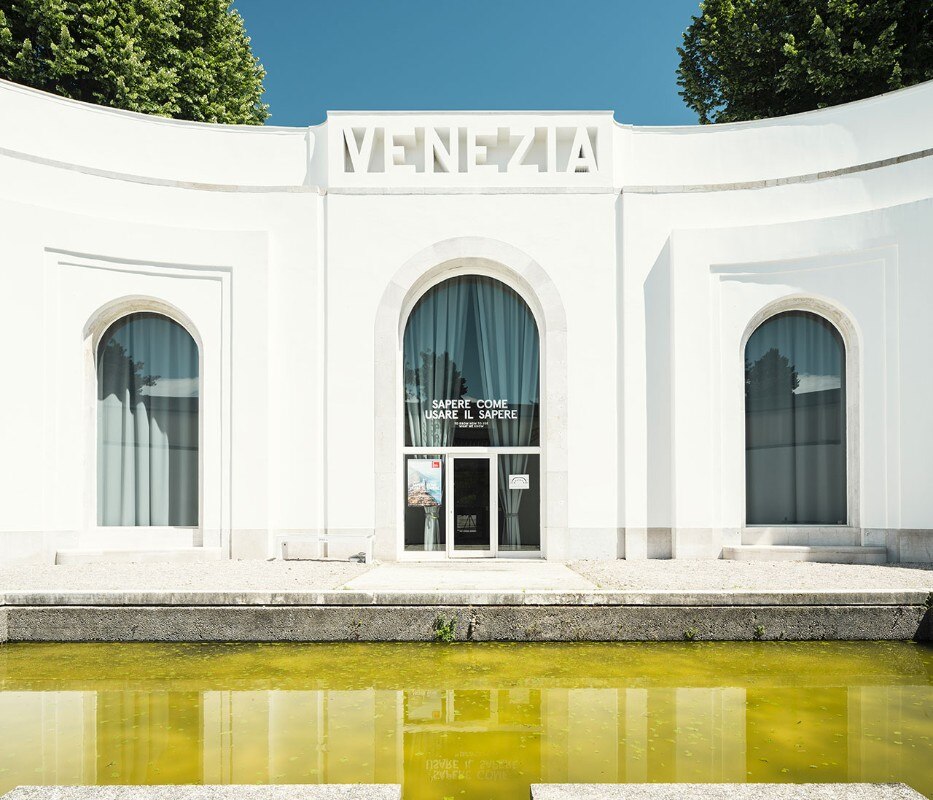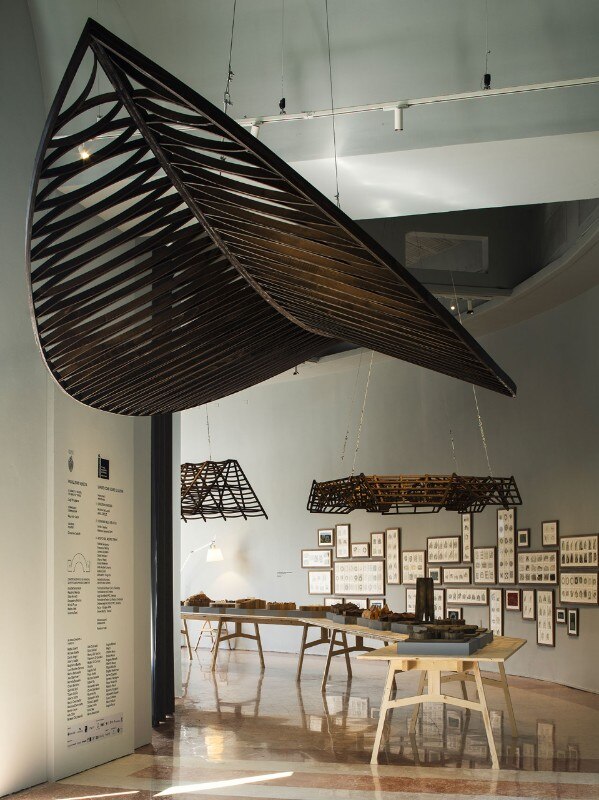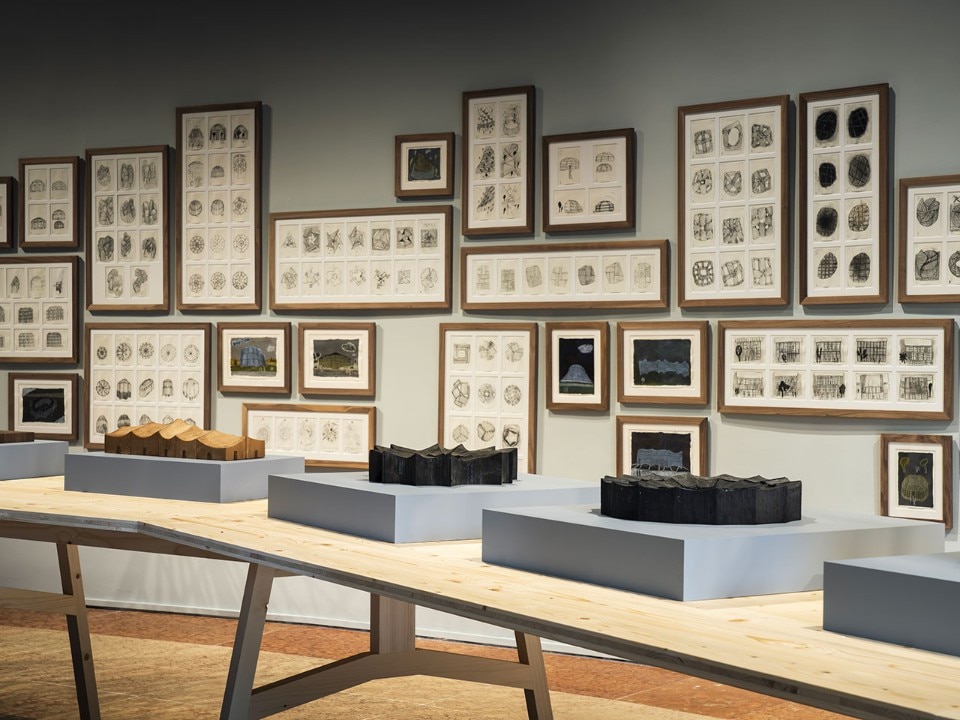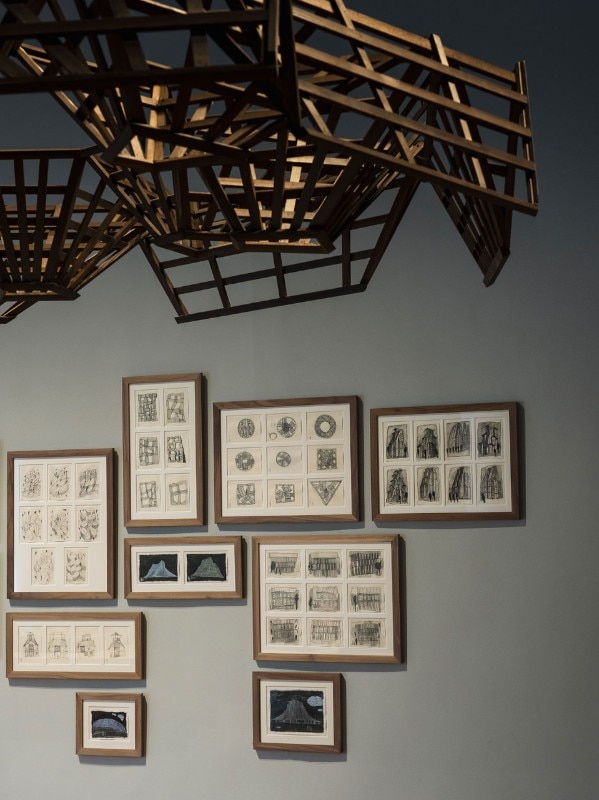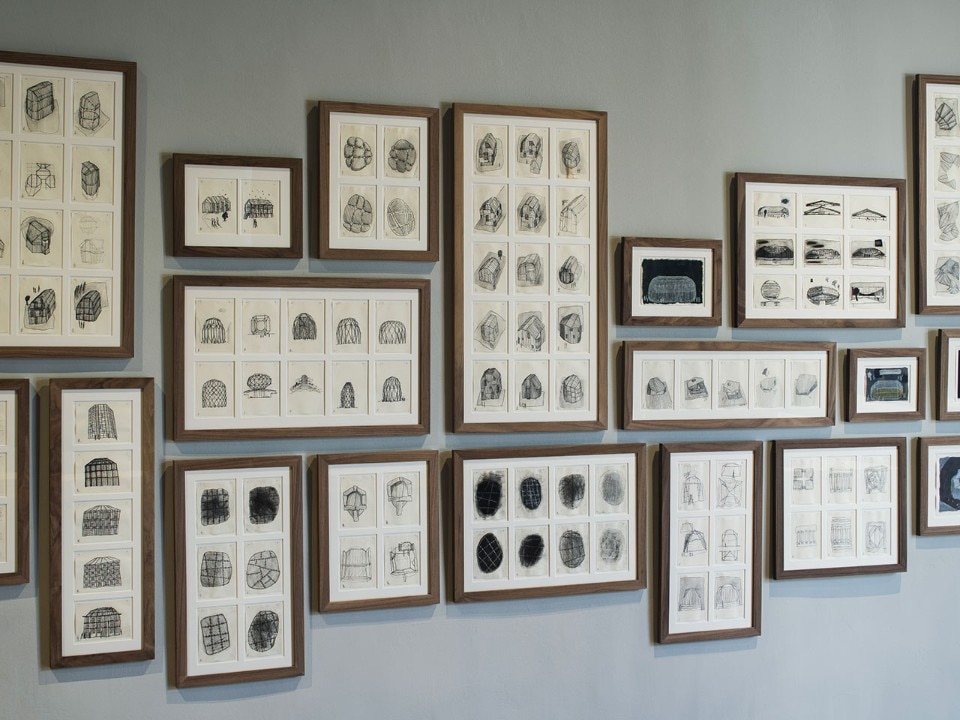608 drawings in 89 frames, 16 project models, 5 suspended sculptures made by the craftsmen of Venice, 14 works sculpted with a chainsaw by Michele De Lucchi. All strictly in wood – a preferred material – warm and sincere in its natural aging. In spite of the face mask, you can still smell it. Thus, the main hall of the Venice Pavilion, curated by Giovanna Zabotti for the 17th Architecture Biennale, is populated with the materials with which the Milan-based studio led by De Lucchi, the AMDL Circle, tackles the research it has been carrying out since 2018 to design architecture that escapes all canonical definitions: the Earth Stations.
Imagined as great cathedrals in the most random places on the planet, these “stations” of Planet Earth foster human relationships and address the theme of education, the activity by which we learn how to be in the world. This year, in fact, the architect and his Circle add a piece to the research, and present at the Biennale a new type of building, the Education Stations: five different “stations of becoming” that take into consideration the various stages of growth of the individual, associating to each cognitive evolutionary moment an ideal space, which contributes to the formation of the personality and encourages learning.
The construction of the building, the interiors, the objects with which one relates, are meant to encourage growth and a harmonious relationship with the community.
On the curved wall of the Venice pavilion, the hundreds of drawings arranged in a dense series of frames narrate the evolution of thought, both formal and design. The graphic sign is the instrument with which the architect goes back and forth on forms and their arrangement in space: plants and buildings, only sketched or defined, communicate, talk to each other, interconnected like the tents of ancient tribes.
Thus was born the symbolic The Farm, the farm where the development of the imagination of children is encouraged – up to the last stage, The World, a network of watchtowers where you can share and discuss what you have learned, passing through the other buildings, The Village, The Town, The Road.
The task of the architects is not to know everything, but to interface with everyone
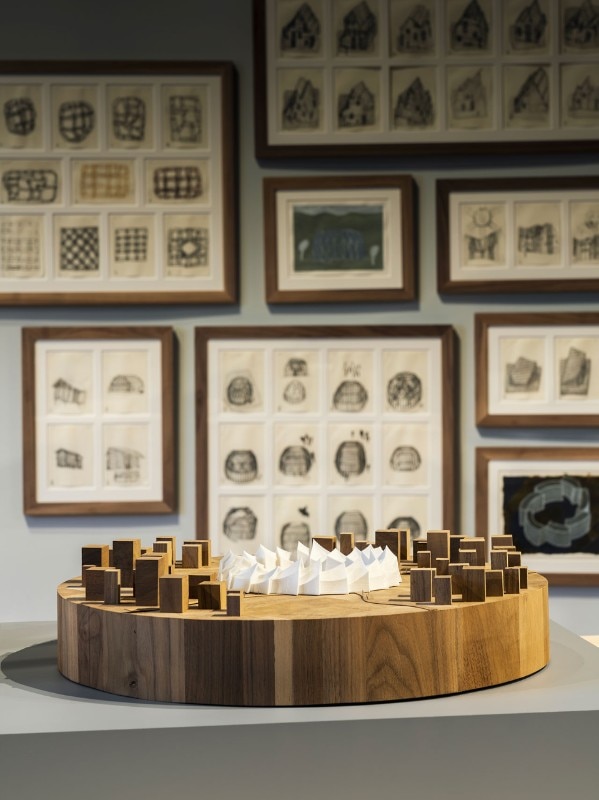
On the ceiling, a suspended stage of sculptures, made by the artisans of the set design workshop of La Fenice theater in Venice, proposes the shapes and covers of the Education Stations. “It’s an invitation,” De Lucchi explains, “to look not only at the earth, but also at the sky, the celestial vault, to learn about astronomy – as Vitruvius suggested – because the task of the architects is not to know everything, but to interface with everyone. It is not enough to have the knowledge of human knowledge, it is necessary to learn how to use it in the best way: to know how to use knowledge in order to live together in harmony, with the Earth and on the Earth.”
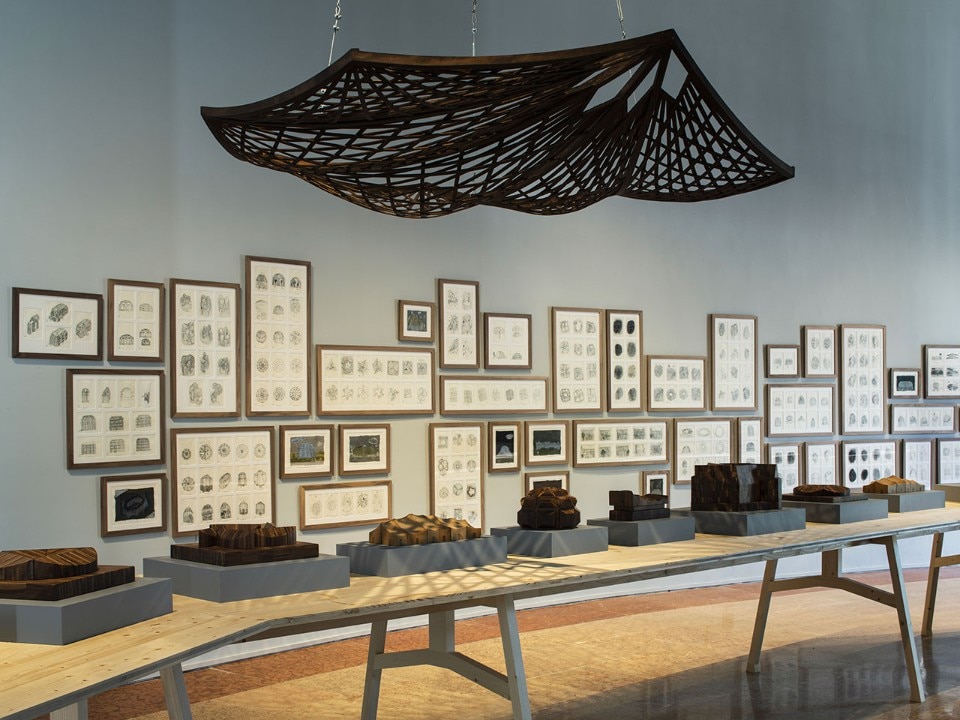
- Pavilion:
- Venice
- Venue:
- Venice Architecture Biennale 2021
- Where:
- Giardini della Biennale
- Curated by:
- Giovanna Zabotti
- Exhibition title:
- Knowing how to use knowledge
- When:
- until 22 November 2021


